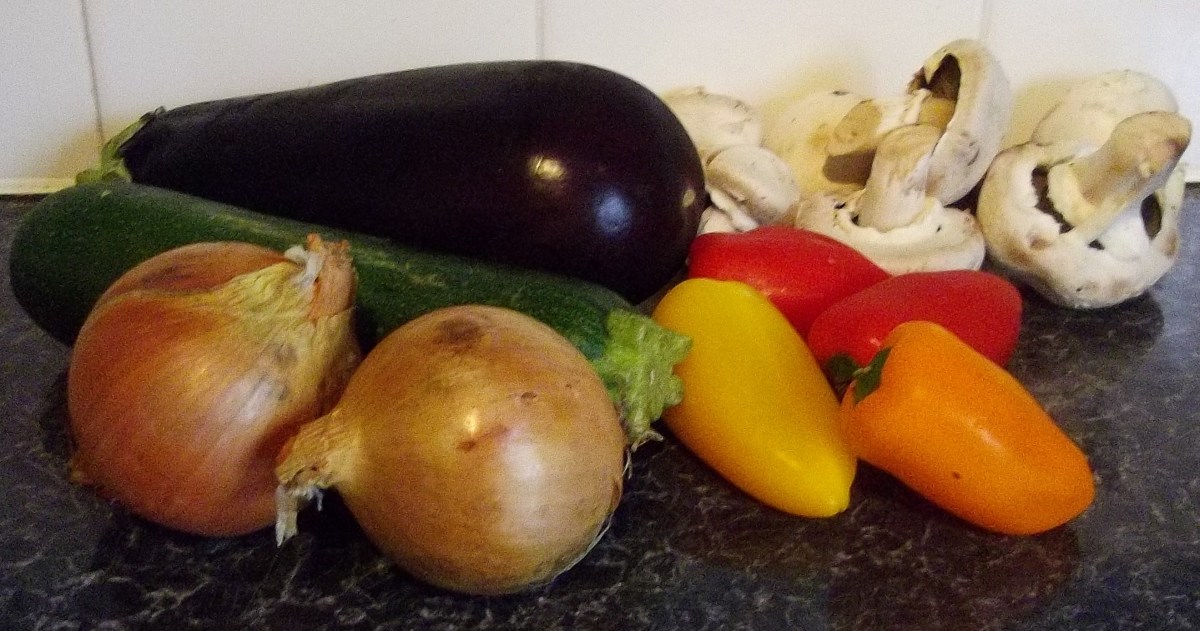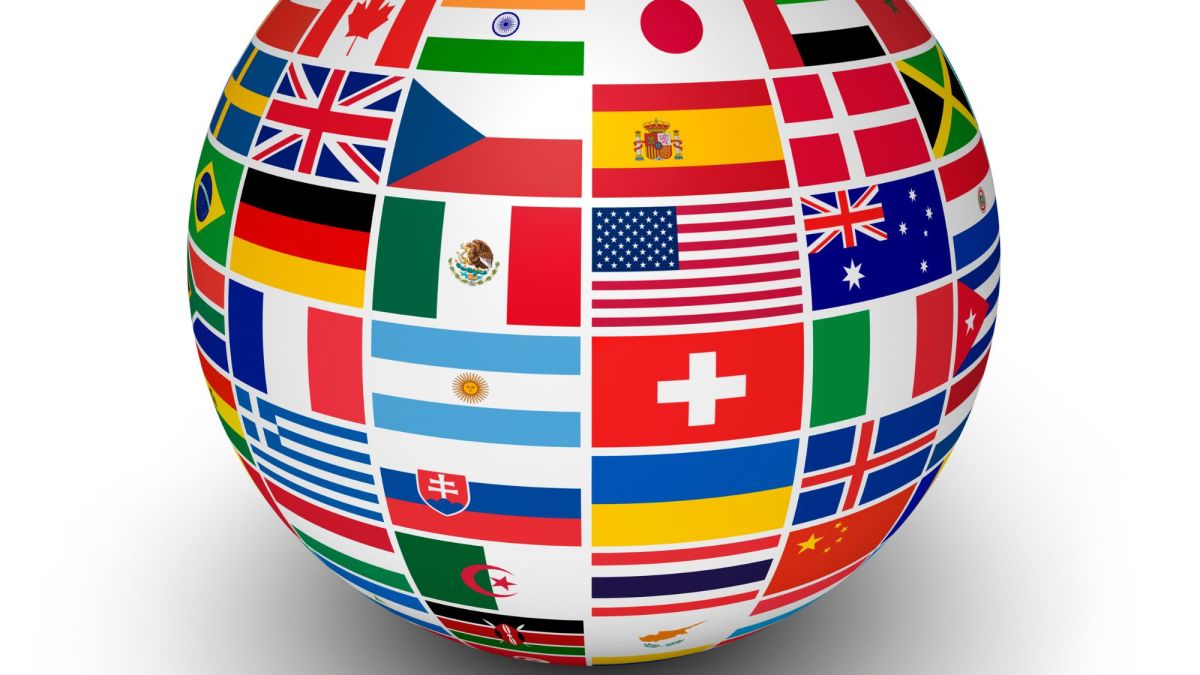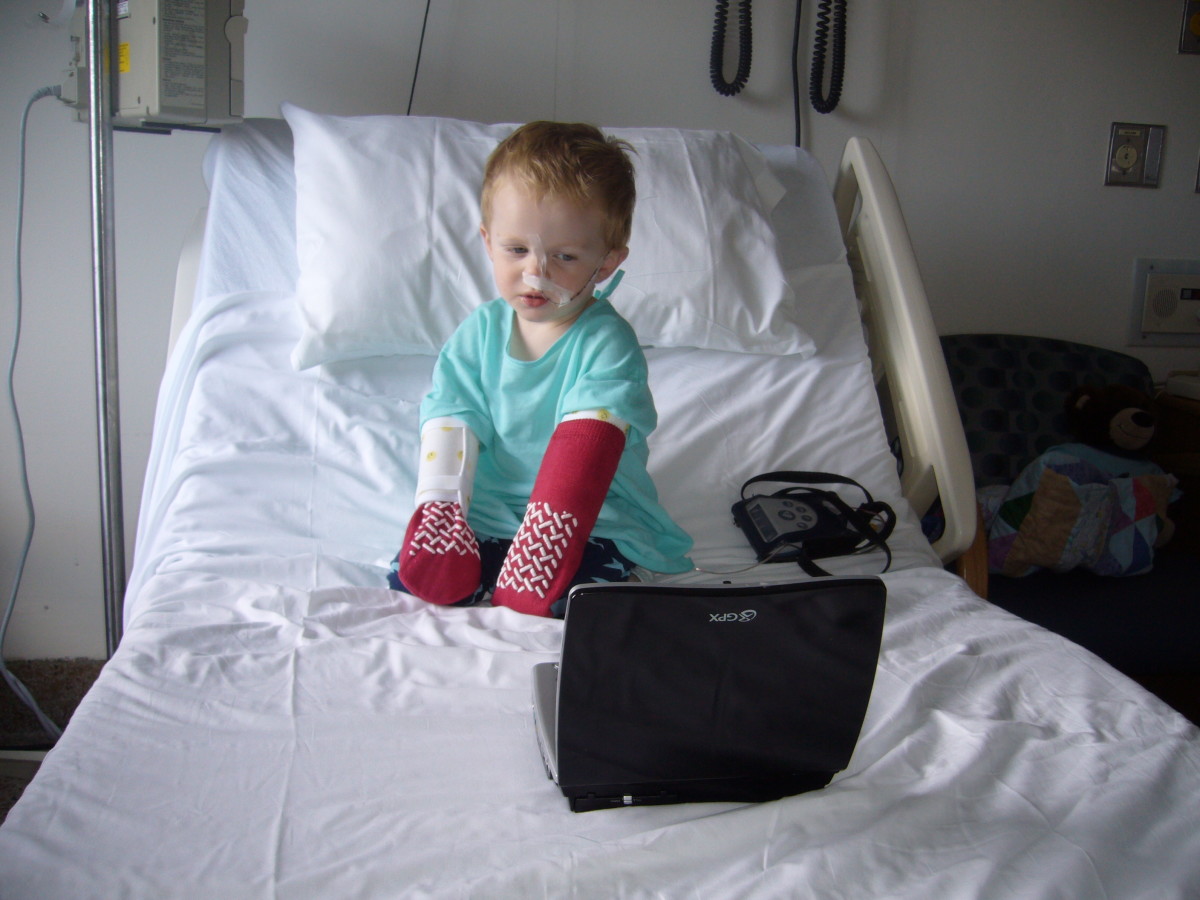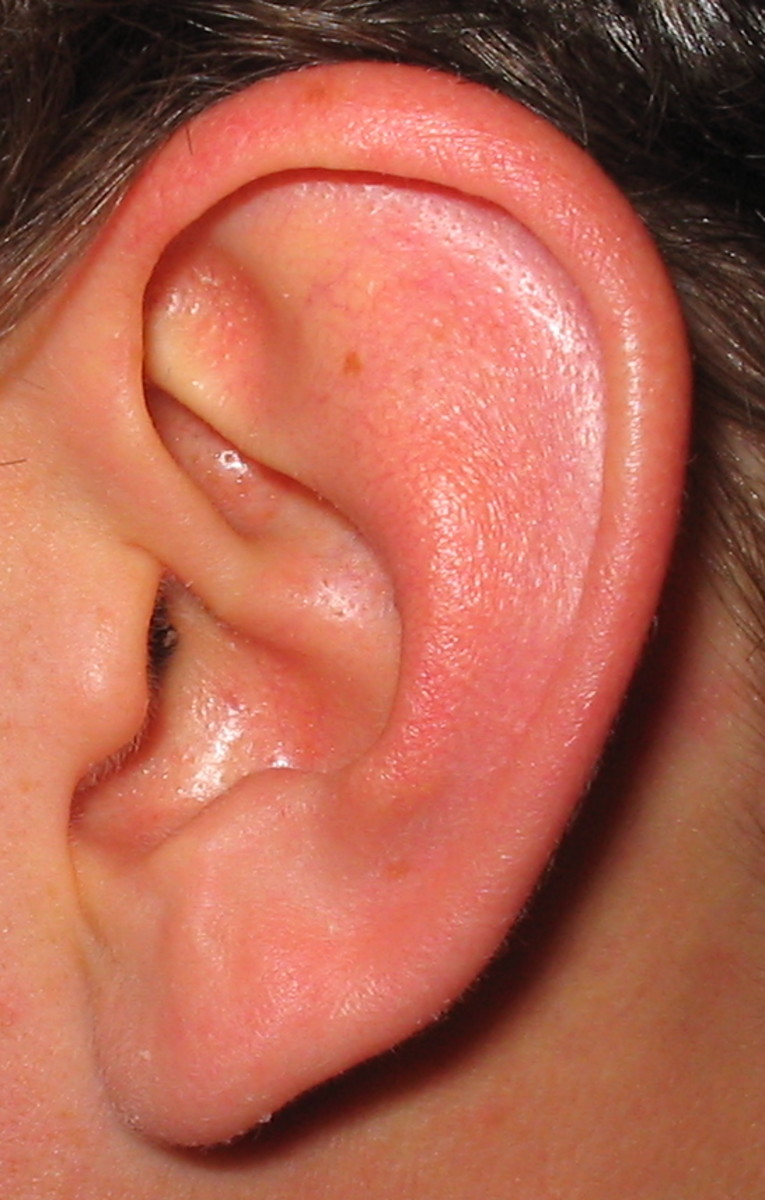Childhood Obesity: What are the Facts?
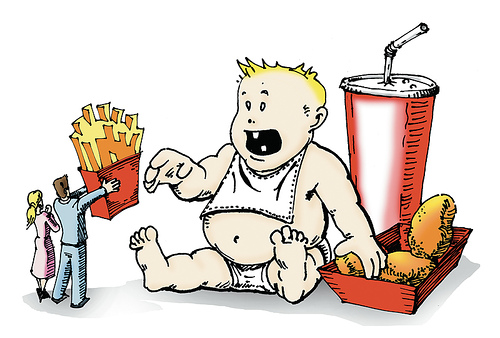
"Childhood obesity is on the rise" is a headline that we have heard many times in the last decade. We also hear that childhood illnesses related to obesity are on the increase; diseases such as childhood diabetes and even hypertension are on the increase. Children's diet has been publicly discussed on television, magazines and other media as a mean of addressing the obesity issue, so why is it increasing? Parents, teachers, health care practitioners, journalists and politicians are concerned with this dilemma. What can we do to reduce childhood obesity and minimize its side effects?
What is childhood obesity?The Centre for Disease Control and Prevention (CDC) defines childhood obesity as children and youth between the ages of 2 and 18 years who have body mass indexes (BMIs) equal to or greater than the 95th percentile of the age- and gender-specific BMI charts developed by the CDC. Buzzle.com defines childhood obesity as a medical condition which occurs when the weight of the child is disproportionate to his age and height. This condition is mostly observed in children below the age of 15 years.
Evidence that Childhood Obesity is on the Rise Globally:Childhood obesity is an international phenomenon. According to Obesityfoundation.ca, Childhood overweight and obesity rates are rising in Canada. Obesity rates in children have almost tripled in the last 25 years. Approximately 26% of Canadian children ages 2-17 years old are currently overweight or obese. According to the CDC, Data from NHANES surveys (1976–1980 and 2003–2006) show that the prevalence of obesity in the USA has increased: for children aged 2–5 years, prevalence increased from 5.0% to 12.4%; for those aged 6–11 years, prevalence increased from 6.5% to 17.0%; and for those aged 12–19 years, prevalence increased from 5.0% to 17.6%. According to the International Obesity Task-force website, the British Medical Association agrees that by the IOTF's international standards nearly 22% of boys and 27.5% of girls aged 2-15 were found to be overweight, including 5.5% of boys and 7.2% of girls who were obese in 2002. The IOTF analysis indicates a marked acceleration in the trend from the mid-1980s onwards. WHO reports that Globally, in 2010 the number of overweight children under the age of five, is estimated to be over 42 million. Close to 35 million of these are living in developing countries.
What are some of the causes of childhood obesity?According to activelivingresources.org, the rise in childhood obesity is due to complex interactions of social, environmental, and policy contexts that influence eating habits and physical activity of urban children. They point to urban and suburban designs that discourage walking and other physical activities; the consumption of convenient foods as families try to save time and money; lack of fresh fruits and vegetables in some communities due to affordability and access; decrease physical activities at school and the advent of television and video games as leisure activities as opposed to outdoors physical activities. I would also add that childhood obesity is on the rise because of lack of knowledge of adequate quality and quantity of foods that should be consumed by different age groups and based on level of physical activities involved. Lack of adequate parental supervision is another reason for the increase in childhood obesity. The latch key children are left to fend for themselves rather than having their meals prepared by a parent. Another reason for childhood obesity is the ease at which children have access to junk foods. Even though in recent years we have heard that most schools in Canada have removed pop vending machines from the school premises and are providing more nutritious foods at the cafeteria, this was slow to take effect in most institutions.
What are some of the effects of Childhood Obesity? Activelivingresources.org reports that some of the physical consequences of childhood obesity are Glucose intolerance and insulin 2 diabetes, Hypertension, Dyslipidemia, Hepatic steatosis, Cholelithiasis, Sleep apnea, Menstrual abnormalities, Impaired balance, Orthopedic problems. They also identify low self-esteem, negative body image and depression as some of the emotional consequences. Some of the social consequences of child hood obesity are stigma, negative stereotyping, discrimination, teasing and bullying and social marginalization.
What can be done to stop obesity in children?One of the first thing that we can do is to educate ourselves about healthy foods; becoming aware of the health benefits of feeding our families healthy foods. We can learn how to quickly and effectively prepare fresh, healthy foods without trans fats and loads of sugar and salt. According to an article entitle "What you Need to know about childhood Obesity, published on the About.com website, portion control is essential to reduce obesity among children. They suggest that you do not up-size kids' meals. Preparing meals from fresh fruits, vegetables, lean cuts of meats, whole grains and unsaturated fats can stem the increase in childhood obesity. For healthy food ideas, please see What Are We Feeding Our Children? Convenient foods may seem like a quick idea, but high sugar, sodium and fat contents make convenience at the expense of children's health.
Participation in physical activities as a means of burning calories can reduce childhood obesity. Children can participate in organized sports, such as baseball, hockey, basketball, football and soccer, in their community centres. They can also participate in swimming, skating, dancing and running for free at some parks and recreation centres in their community. Children can be encouraged to walk to school rather than take public transportation, if school is within walking distance. Some elementary schools have organized walking school buses, which much like the school bus,travels along a specified route and picks up children along the route. This is usually led by a teacher or a parent.
The prediction is that childhood obesity will continue to increase as more children become morbidly obese. The result of which will be more unhealthy children which will put a huge burden on our health care systems if nothing is done to reduce childhood obesity. We can change this prediction if we take action. According to activelivingresources.org preventing childhood obesity is a collective responsibility, requiring individual, family, community, corporate, and governmental commitments.

